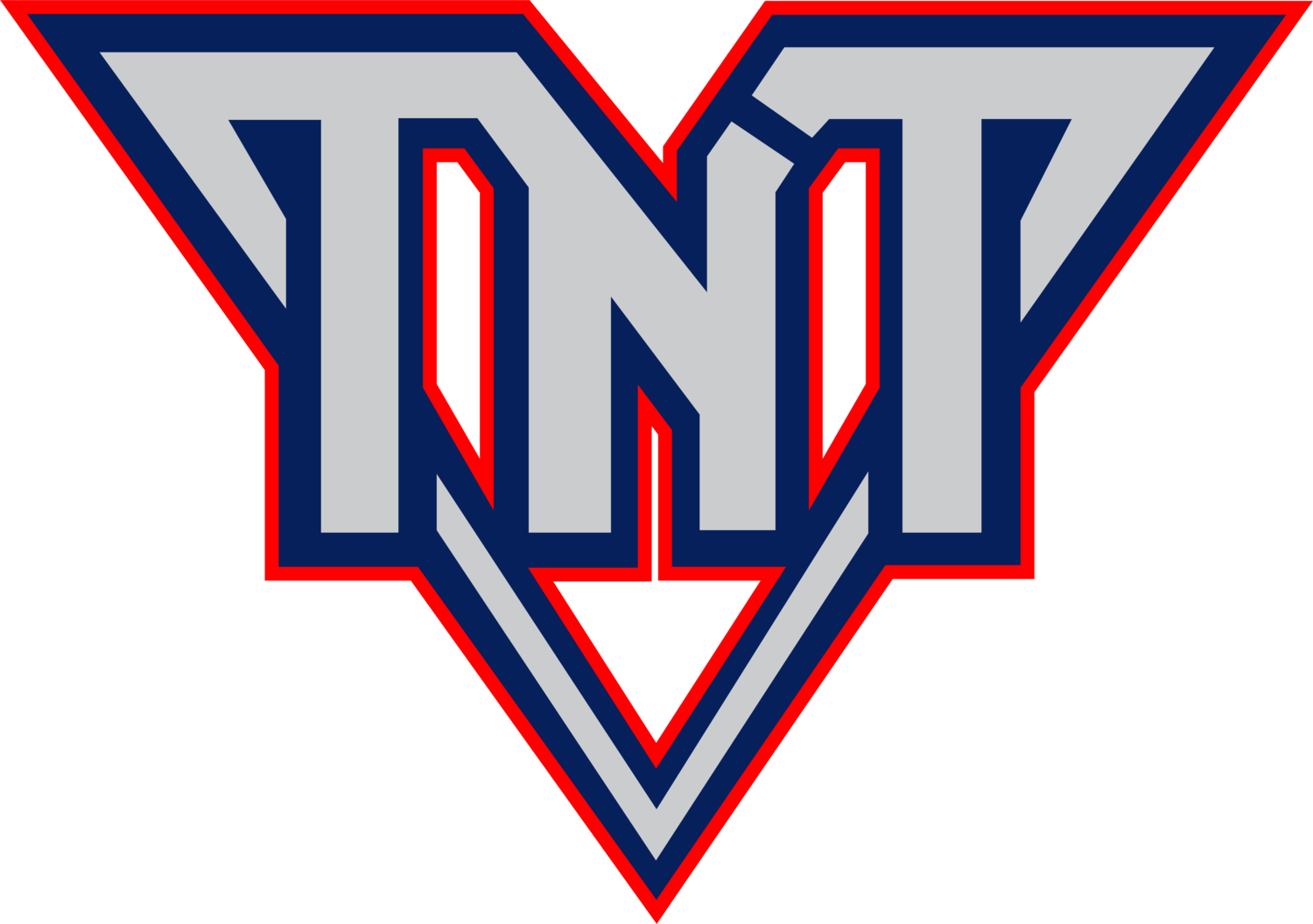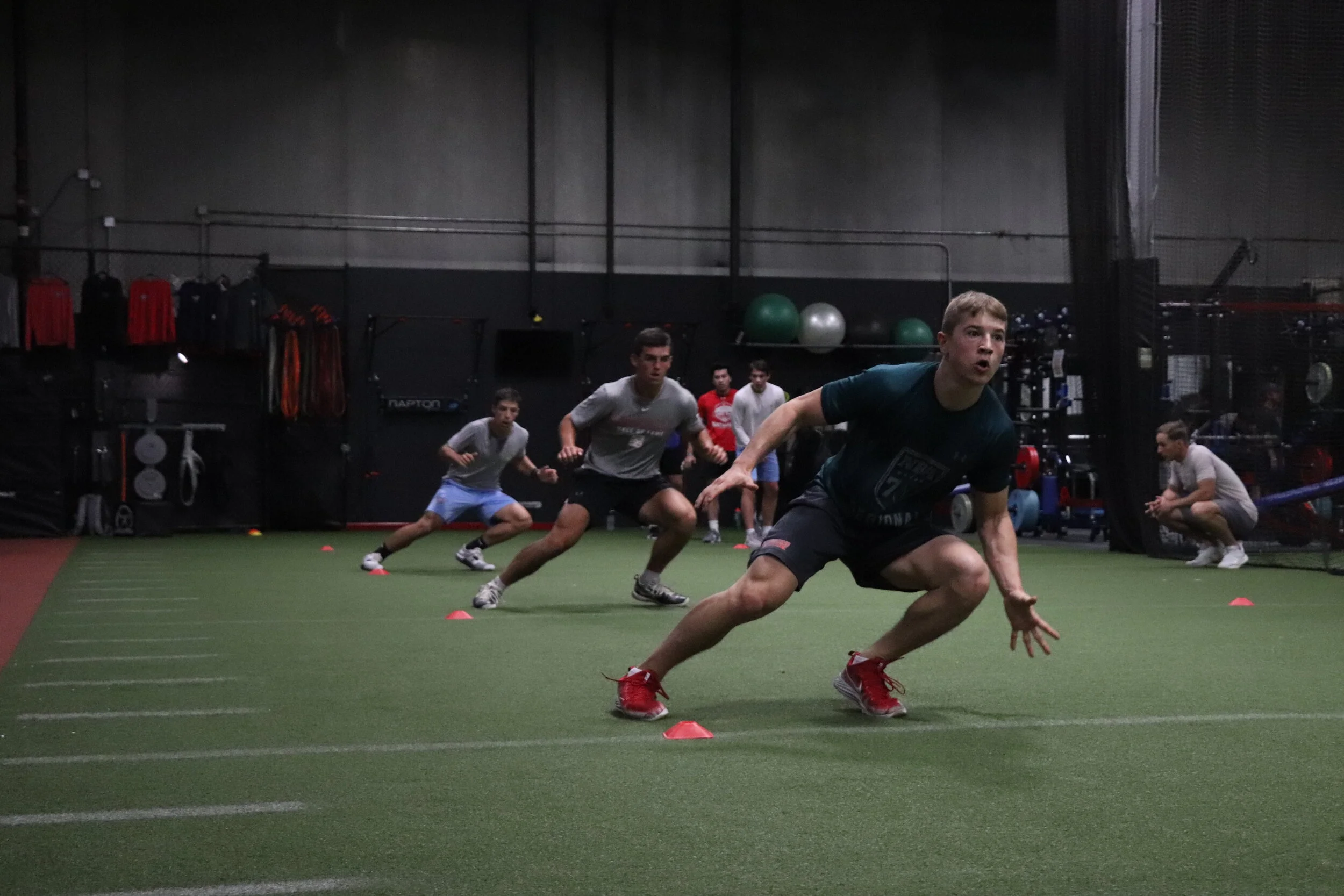1. Time For Development
As a young athlete, you only get one shot to develop and maximize your athletic potential.
Let’s take a two-sport High School Athlete for an example.
If he/she plays in 2 seasons for 4 years of high school and only trains during the 1 offseason he/she has available. Here is what their timetable for development looks like.
He/She is leaving too much to fate, luck, or chance, control your destiny. Use the time in-season to continue on the path of development.
2. Diminishing Qualities
Research shows for a well-trained athlete, qualities such as max speed diminish within 3-5 days without training. That’s right after 3-5 days your speed will start to decrease!
Strength endurance will decrease within 5-15 days without training.
Having a training routine in-season allows us to keep the athletic qualities we've created.
In the past, it was thought that only the maintenance of athletic qualities could occur.
Research now shows that having an in-season routine can lead to performance gains.
3. Resiliency or Injury
Once our athletic qualities begin to diminish our chances of injury increase.
We cannot control our team’s practice plans, our opponents, or other external stressors.
We can control our own preparedness and readiness for sport. Through quality and consistent training, we can bulletproof ourselves and extend our athletic life.
This starts with our off-season training and continues in-season. Development is a long term process. Play the long game.
Overview
Not training in-season is setting the athlete up for failure or worse possible injury mid-season. There is only so much time for development as an adolescent athlete. Science shows that crucial athletic qualities begin to diminish with days without training. Development is a long term commitment. Train in-season to set the athlete up for success and maximizing their athletic life.




